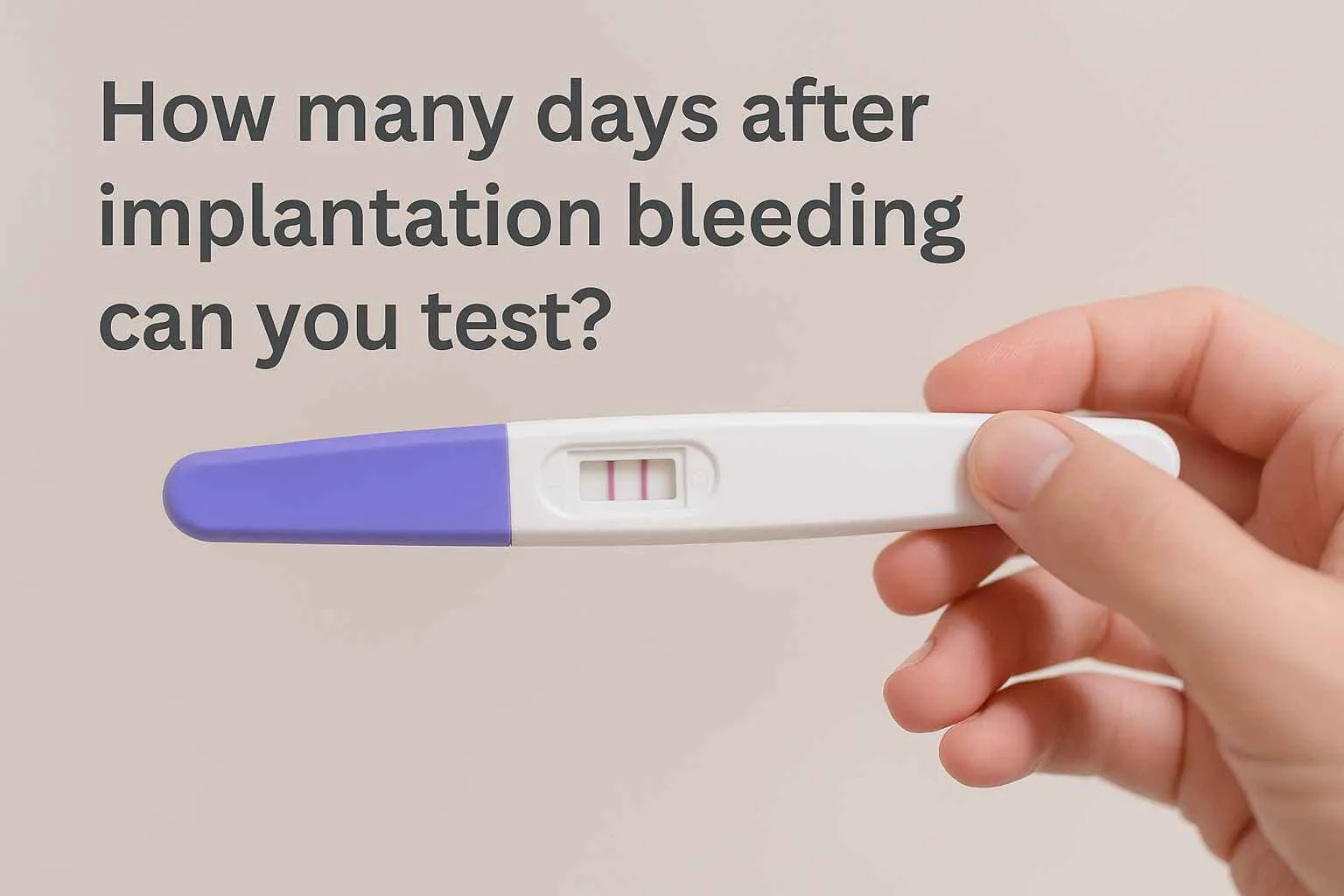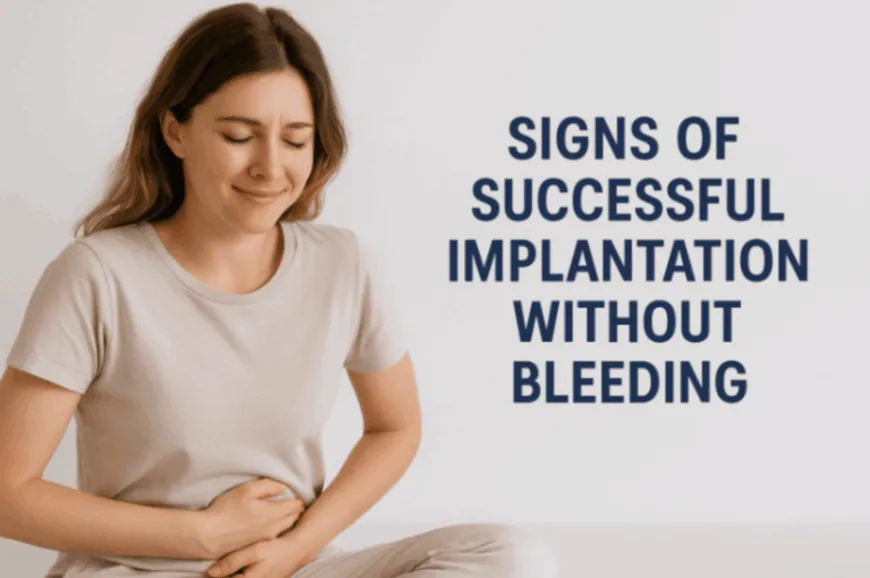When you're thinking about birth control, knowing how it works is essential. Have you ever wondered, "What's inside Nexplanon that stops pregnancy?" or "What hormones are in Nexplanon?"
Well, you're in the right spot! Nexplanon is a tiny device that many people use to avoid having babies.
Etonogestrel, sold under the brand name Nexplanon, is a prescription drug. It is permitted by the Food and Drug Administration (FDA) to assist females in avoiding pregnancy. Nexplanon is a hormonal birth control. Nexplanon belongs explicitly to the progestin medication class of medicines.
Your doctor will implant (insert) a device called Nexplanon into your arm. Another name for Nexplanon is "birth control implant." Nexplanon is only presently offered under its brand name. It's not presently accessible as a generic medication.
What is Nexplanon and How Does It Work?
Nexplanon is a form of birth control that many people use to prevent pregnancy. It's not a pill or a condom; instead, it's a tiny rod that a doctor or nurse puts under the skin of your arm. It's so small you can't see it, but it works as a highly effective form of birth control.
Inside Nexplanon, there's a hormone called etonogestrel. This hormone is a bit like the one your body makes to keep you from getting pregnant. Etonogestrel does a few important things:
-
Stops Ovulation: It tells your body not to release eggs from your ovaries, which is something that usually happens each month.
-
Thickens Cervical Mucus: It makes the mucus in your cervix (the part between your uterus and your lady parts) thicker. This makes it hard for sperm to swim up to meet an egg.
-
Changes Uterine Lining: Etonogestrel makes the lining of your uterus thinner, so even if an egg and sperm do meet, it's harder for the egg to stick and grow into a baby.
What hormones are in Nexplanon?
A flexible plastic rod around 1.5 inches long is used as a Nexplanon implant. Its entire size is comparable to a matchstick.
Nexplanon must be implanted by a qualified medical professional or nurse. The device will be inserted under the skin of your non-dominant upper arm by your doctor using a disposable, sterile inserter. Etonogestrel, a progestin hormone, is released into your body over three years via the implant. Etonogestrel is a hormone that resembles the hormones your body naturally produces. It is utilized in hormonal IUDs and vaginal rings, among other hormonal birth control methods.
Your arm is used to implant the Nexplanon. In the amount of 68 mg, Etonogestrel is infused into the Nexplanon device. Nexplanon's plastic copolymer enables three years of regulated hormone release.
How do the hormones in Nexplanon function?
The Nexplanon implant stops you from getting pregnant right away if you get it within the first five days of your cycle. You will need to take another method of birth control for the first week if you obtain the implant at any other point in your cycle. After that, the implant starts working to prevent pregnancies for up to three years.
The levels of etonogestrel gradually decline after the first year. The levels continue to drop through the third year, but they are still higher than the cutoff point required to prevent pregnancy.
The hormones in Nexplanon prevent pregnancy in three different ways: they first stop your ovaries from releasing one of your eggs, then they thicken your cervix's mucus to prevent sperm from getting to an egg, and finally, they alter the lining of your uterus to prevent a fertilized egg from attaching.
Most women become pregnant after a week of having the device removed throughout the three-year term, and they resume regular menstrual cycles within six weeks.
Inform your doctor if you are unable to feel the Nexplanon device in your arm. The Nexplanon device can migrate, although this is uncommon. This might be serious in some situations. Your doctor can assist in locating the gadget and repositioning it where it belongs.
For three years, your Nexplanon device will be functional. Inform your doctor if you want to have your Nexplanon device removed before the recommended three-year period. Your doctor will feel your arm to determine the gadget's location before removing it. Your arm will then be numbed before the gadget is removed through a minor cut. They can remove the old implant and introduce the new one during the same appointment if you're getting a new Nexplanon device.
Ask your doctor if you have any further concerns concerning the placement or removal of your Nexplanon implant.
Also, Read Chronic Kidney Disease Symptoms, Stages and Treatment
Is Nexplanon safe?
For most women, Nexplanon implants are highly safe. Serious Nexplanon issues are uncommon. The more typical side effects include:
-
Arm soreness that lasts more than a few days.
-
An infection brought on by the implant process.
-
A small scar where the implant was placed.
The implant may occasionally break and need to be replaced, or it may fall out of place and be surgically removed.
Pregnant women should not use Nexplanon. Before inserting a Nexplanon implant, your doctor will probably have you take a pregnancy test. Nexplanon, however, can be used by nursing mothers without endangering the baby's health.
Additionally, before receiving the Nexplanon implant, women with specific pre-existing medical issues should consult their doctors thoroughly. For instance, women who have experienced breast cancer shouldn't use Nexplanon.
Additionally, women with heart disease, liver or kidney cancer, or certain other medical conditions should talk to their doctor about the dangers of using a Nexplanon implant. These ladies might do better utilizing a different method of birth control.
What are some side effects of Nexplanon?
Some women may experience negative effects from the implant. The adverse effects typically disappear after a few months. The following are some of the most typical side effects:
Spotting-
Spotting is the most frequent adverse reaction. You can experience minor bleeding or brown discharge for the first six to twelve months.
More or less bleeding throughout your period-
Some women experience long-lasting spotting or heavier, lengthier periods. But for the majority of women, the implant results in lighter-than-normal periods. Additionally, their cramping is lessened.
No Bleeding-
In certain situations, the Nexplanon implant causes women to cease menstruating.
Time Between Periods Can Vary-
Some women who still get their period endure erratic bleeding. Their intervals between menstruation are irregular.
How do the dosages for an IUD or a birth control pill compare to those for Nexplanon?
The Nexplanon device contains etonogestrel, the medication that gives Nexplanon its action. One of the components in vaginal rings like NuvaRing, Eluryng, and VeraRing is etonogestrel when combined with ethinyl estradiol. Each day, the NuvaRing releases roughly 120 mcg of etonogestrel.
Since NuvaRing, Eluryng, and Veraring are inserted vaginally rather than implanted, the two birth control methods cannot be directly compared, even if this amount is much higher than the daily dosage of etonogestrel released by Nexplanon. Birth control tablets and other intrauterine devices (IUDs) do not contain etonogestrel.
IUDs, however, may require less frequent replacement than Nexplanon because they are also intended to assist in preventing pregnancy. You must take one tablet of a birth control pill each day if you choose to use one to help prevent pregnancy.
Speak with your doctor to understand the distinctions between Nexplanon, IUDs, and birth control pills for preventing pregnancy. They can assist you in choosing the most effective method of birth control for you.
If your doctor advises you to take Nexplanon, they will give you the recommended dosage. Consult our doctor if you have concerns regarding the ideal Nexplanon dosage.
Conclusion -
Inside Nexplanon is a special hormone called etonogestrel. It works like your body's natural hormone but does some clever things. It stops eggs from coming out of your ovaries, thickens the stuff in your lady parts to stop sperm, and makes it hard for a baby to grow in your belly. Even though you can't see Nexplanon, it's a powerful protector against having babies when you're not ready. Remember, if you want it gone, a doctor can take it out, and you can plan for a baby when you're all set!
Frequently Asked Questions
Do you get estrogen from Nexplanon?
No. Oestrogen is not present in NEXPLANON.
What is NEXPLANON's advantage?
You don't need to remember to take NEXPLANON every day, and it has a success rate of over 99% in preventing pregnancy.
What hormone does Nexplanon release every day?
Nexplanon releases 60 to 70 micrograms (mcg) of etonogestrel each day for the first 5 to 6 weeks.
Is Nexplanon progesterone or oestrogen?
A progestin-only contraception is called NEXPLANON.
Does Nexplanon lead to breast growth?
Although some women have claimed that the contraceptive implant has increased the size of their breasts, this is not a typical side effect.
Reviewed by







